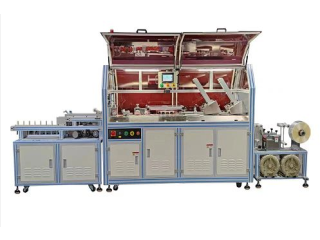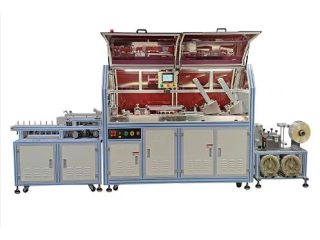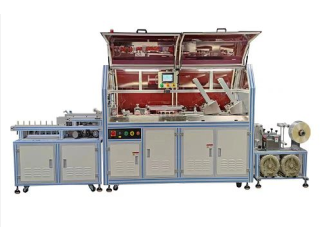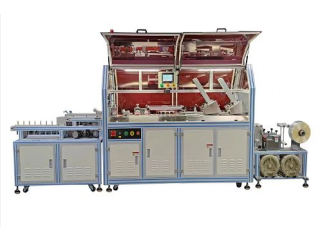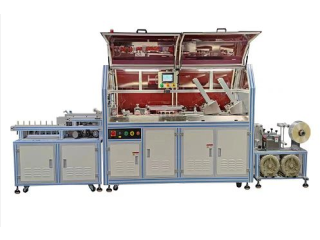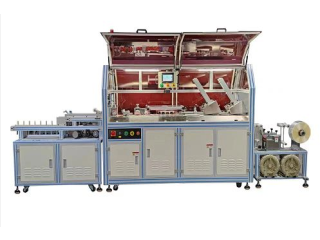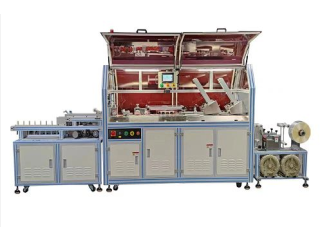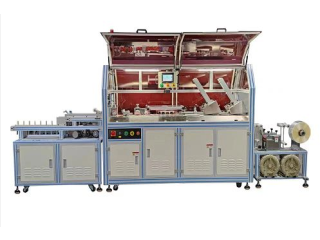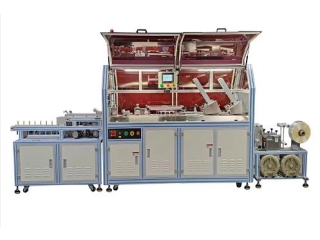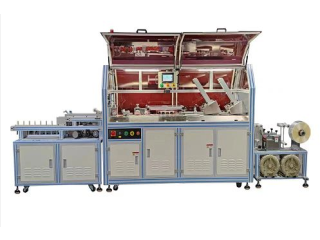Types of Plastic Pipes for Plumbing
Nov 16th, 2022 at 06:19 Automobiles Bahawalnagar 251 viewsTypes of Plastic Pipes for Plumbing
5 Common Types of Plastic Pipes for Plumbing
ABS: Short for acrylonitrile butadiene styrene, this sturdy plastic was one of the first plastics used for residential plumbing. ABS pipes are always black and tend to be softer than PVC. They are mainly used for vent and drain lines, along with other outdoor underground uses where cold temperatures are common.
CPVC: This type of PVC has been treated with chlorine, making it more resistant to high temperatures and pressures. It's commonly used in industrial plumbing and residential hot water lines that standard PVC wouldn't be suited for.
HDPE: High-density polyethylene is so tough and durable that it can be used for virtually all plumbing needs. It can also reduce water pressure since it has a low coefficient of friction, allowing water to flow easily inside.
PEX: Cross-linked polyethylene is used in home plumbing systems for hot and cold water pipes, as well as freshwater kitchen and bathroom systems. PEX pipes are generally color-coded so plumbers can easily identify hot and cold lines.
PVC: One of the most familiar piping plastic types, polyvinyl chloride has a number of uses beyond water transfer. It's commonly used for main water lines, but not hot water applications since it warps at temperatures higher than 140°F.
Why Use Plastic Pipe for Water Lines?
While steel, cast iron and copper are all good pipe materials that are still in use, plastic offers many advantages that they lack. One of the biggest is that plastic is easy to cut and form into any shape or size needed, even on jobsites, which reduces the amount of labor required to install them. Other benefits of plastic pipe for water lines include:
Non-Reactive: A common issue with metal piping is that, when two dissimilar types are connected, they can react with one another and corrode. This isn't an issue with plastic pipes for plumbing, which are resistant to chemical corrosion.
Corrosion Resistant: Many metals begin to rust after extensive contact with water and other fluids. Plastic will not, and it can even be specially formulated to meet the demands of the system they'll be an important part of.
Low Heat Conductivity: Many types of plastic piping can handle a wide range of temperatures without warping or cracking. At the same time, their low conductivity helps maintain the temperature of the water inside without creating condensation like copper pipes are prone to do (if not insulated).
Color-Coded & Marked: Plastic pipes for plumbing will almost always be distinguished by color and have marks on the outside to denote diameter, pressure rating and type of plastic. In some cases, plastic pipes will also have a laboratory seal to signal that they can be used for potable water. This makes it easy to identify the type and purpose of the pipe so you can replace it, if necessary.
What is the PPR Pipe?
First things first, so what exactly is the PPR pipe? Also known as Polypropylene Random Copolymer, PPR pipe is a cylindrical and rigid pipe made from PPR. The pipe is produced through a continuous process known as extrusion. These pipes are usually white or green.
Most PPR pipes have a dia





